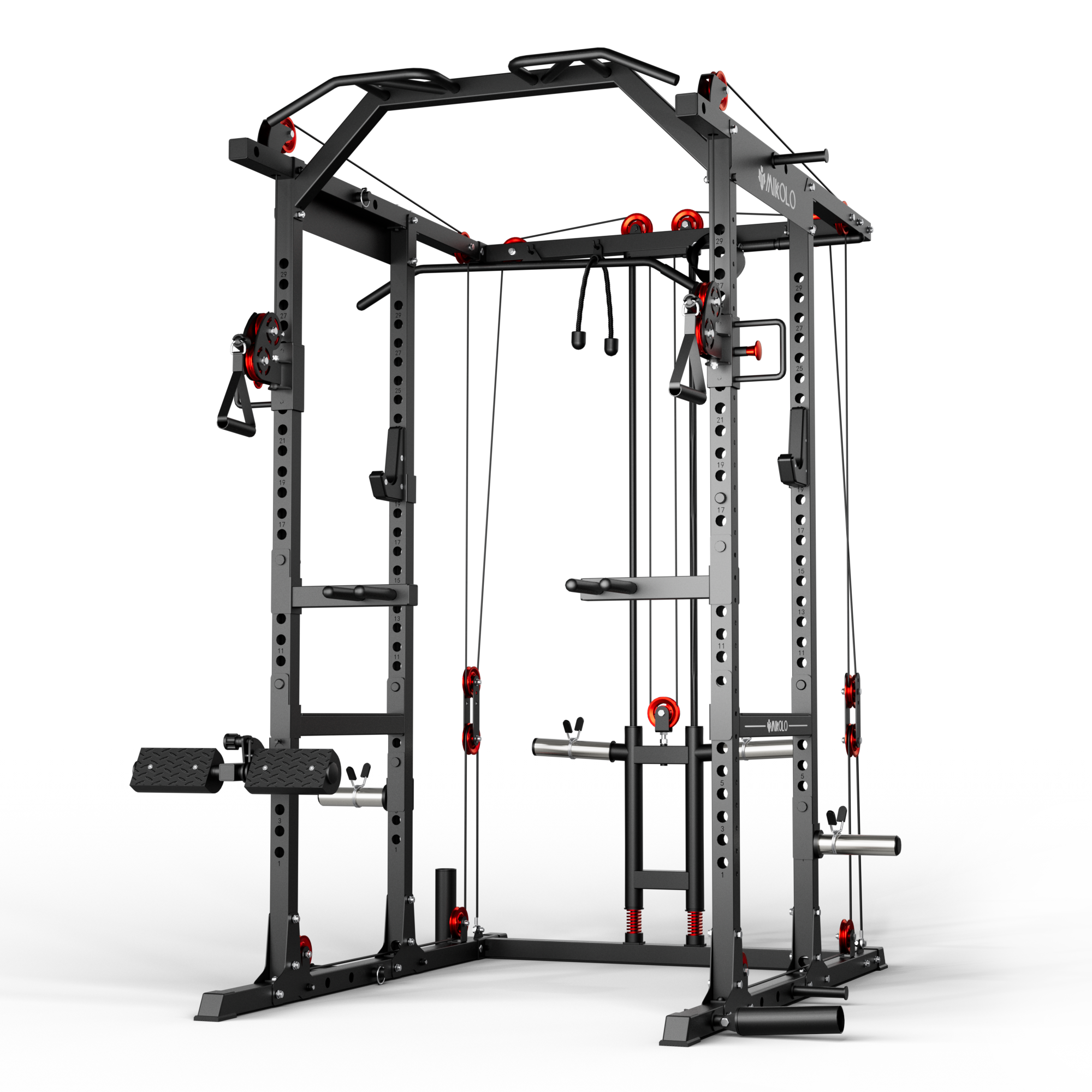Wall push-ups are one of the simplest yet surprisingly versatile exercises you can do at home, in the office, or even during travel. Many people wonder, “Are wall push-ups effective?” or “What muscles do wall push-ups work?” This article breaks it all down, explaining their benefits, target muscles, and whether they’re a good fit for your fitness routine.
Are Wall Push-Ups Effective?
Yes—wall push-ups are an effective entry-level strength exercise, especially for beginners, seniors, or those returning from injury. While they don’t provide the same muscle activation as traditional floor push-ups, wall push-ups are great for:
-
Building foundational upper body strength
-
Improving joint mobility
-
Enhancing posture and stability
-
Gently activating the chest, shoulders, and arms without overloading them
They are particularly helpful for people who cannot perform standard push-ups due to wrist strain, core weakness, or limited upper body strength.
What Do Wall Push-Ups Do?
Wall push-ups help you develop upper body strength while improving control over your body movements. Because of the elevated position, they reduce the load placed on the muscles, making the exercise low-impact and accessible to most people. This makes wall push-ups a smart choice for:
-
Warming up before heavier workouts
-
Rehabilitation from injury
-
Daily functional movement practice
-
Maintaining activity during sedentary periods
What Muscles Do Wall Push-Ups Work?
Wall push-ups mainly target the following muscles:
-
Chest (Pectoralis Major): The primary driver of the pushing motion.
-
Shoulders (Deltoids): Especially the front (anterior) deltoids help stabilize and assist during the push.
-
Triceps: Located at the back of your upper arms, these help extend the elbows.
-
Serratus Anterior: A lesser-known but crucial muscle that helps with shoulder mobility and scapular stability.
-
Core Muscles: Though less than floor push-ups, wall push-ups still engage the abs and obliques to keep your body aligned.
Depending on your hand placement and distance from the wall, you can slightly adjust the emphasis on these muscles. A wider grip will target the chest more, while a closer grip shifts focus to the triceps.
Are Wall Push-Ups Good for Beginners?
Absolutely. Wall push-ups are especially good for beginners, older adults, or anyone looking to start slow. They allow you to:
-
Learn proper push-up form
-
Build confidence with upper body movements
-
Avoid common injuries related to improper technique or overload
-
Improve coordination and balance
They’re also useful for pregnant women and people recovering from surgery, as they offer a gentle way to stay active.
My Personal Experience with Wall Push-Ups
When I first started working with older adults in fitness classes, I used wall push-ups as a foundation exercise. Many of my clients hadn’t done any form of push-ups in decades, and starting from the floor was too intimidating. Within weeks of practicing wall push-ups, many of them reported stronger arms, improved shoulder mobility, and better posture. One woman in her 60s even progressed to kneeling push-ups after just a month—a testament to how effective these can be when done consistently.
Personally, I still use wall push-ups during travel or on rest days to keep my joints mobile and muscles activated without taxing my body too much.
Conclusion: Should You Do Wall Push-Ups?
If you’re asking, “Are wall push-ups good?” the answer is a solid yes—especially if you’re new to strength training, coming back from a break, or looking for a gentle way to stay active. They provide a low-impact, accessible way to build strength, improve joint health, and stay consistent with your fitness routine.
As you get stronger, you can gradually progress to inclined push-ups on a bench or standard push-ups on the floor. But even advanced exercisers can benefit from wall push-ups as a warm-up or mobility drill.
Wall push-ups prove that sometimes, simple exercises deliver surprisingly good results.













































Leave a comment
This site is protected by hCaptcha and the hCaptcha Privacy Policy and Terms of Service apply.